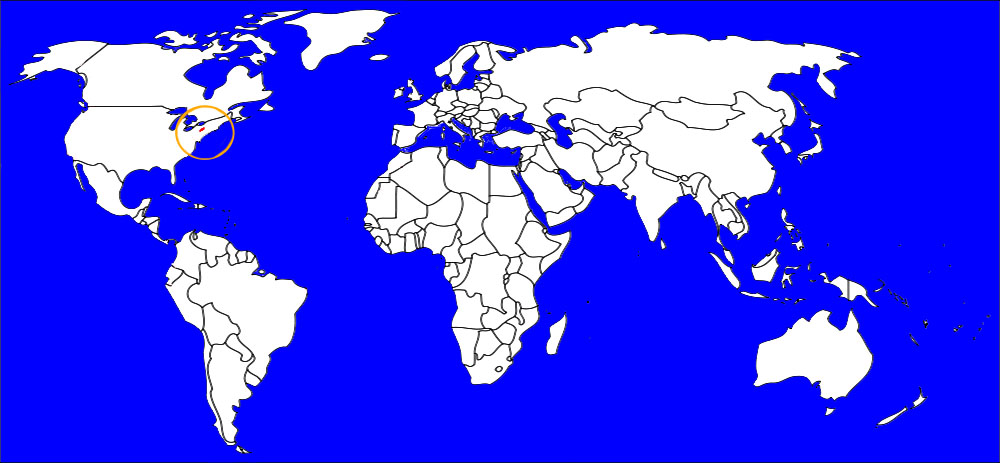![]()
Hexagonite is a variety of the mineral tremolite. For information about tremolite please click the article tab at the top of the page, or click -here-.
![]()
Hexagonite, when first discovered, was thought to be a hexagonal form of tremolite, but actually shown to be monoclinic. A manganoan variety distinguished by its pale lilac to purplish colour.
Originally reported from Edwards, Balmat-Edwards Zinc District, St Lawrence Co., New York, USA.
![]()
The following health hazards should be noted when handling hexagonite
 |
BIOHAZARD Hexagonite can cause asbestosis, lung cancer, and both pleural and peritoneal mesothelioma. |
![]()
The mineral hexagonite can be translated into the following select languages:
| Arabic | Bulgarian | Chinese (Sim) | |||
| Croatian | Czech | Danish | |||
| Dutch | Esperanto | Estonian | |||
| Finnish | French | German | Hexagonit | ||
| Greek | Hebrew | Hungarian | |||
| Italian | Japanese | Korean | |||
| Latin | Lithuanian | Norwegian | |||
| Persian | Polish | Portuguese | |||
| Romanian | Russian | Slovak | |||
| Spanish | Hexagonita | Swedish | Tagalog | ||
| Turkish | Ukrainian | Vietnamese |
![]()
Hexagonite has only been found in one place in the world. The map below shows major documented concentration of hexagonite:

![]()
 |
The MIROFOSS database offers free printable geological identification tags for personal and non-profit use. These tags can be used to properly identify mineral samples in your collection. -Click here- to download a full size jpeg image for a hexagonite identification tag; which can be printed on paper or used with a plastic laser printer. |
 |
What's this? What can I do with it? |
![]()
| Geographical Data | Mindat.org. Retrieved on 2012-02-01 |
| Physical Identification | Webmineral.com. Retrieved on 2012-02-01. |
| June 25, 2014 | The last time this page was updated |
| ©2017 MIROFOSS™ Foundation | |
 |







